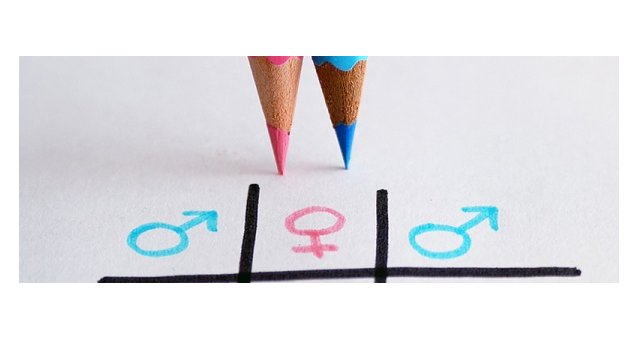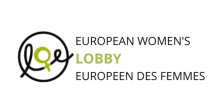Equality between women and men in the EU in 2011: Setbacks and small steps forward

[Brussels, 17 April 2012] While some progress has been made in increasing the number of women in top jobs in business and in narrowing the gender pay gap, major challenges remain and women’s situation in the labour market has worsened, reveals the European Commission’s latest annual report on gender equality. The report concludes that improving equality between women and men is essential to the EU’s response to the current economic crisis.
The report looks at progress over the past year in tackling the remaining gaps between women and men in employment, the economy and society in general. Most of the figures are from 2010, meaning that the full impact of the crisis and the austerity measures are not yet visible in them. However, a comparison to the Commission’s report from the previous year reveals concerning developments.
The report reveals that women’s employment rate has decreased slightly (from 62.5% to 62.1%) and a larger proportion of employed women work part time. When measures in full-time equivalents, in average less than 50% of female workforce in the EU is employed.
The new figures reveal that care responsibilities have an increasingly negative impact on women’s employment. In average in the EU, women’s employment rate now decreases 12.1 percentage points when they have small children (11.4 in the previous report). The number of women who are inactive or work part-time due to the lack of care responsibilities has increased from 27.9% to 28.3%. The situation of women with care responsibilities has worsened significantly in Slovenia (53.4% inactive or part-time in comparison to 40.2%) and in Bulgaria (31.3% in comparison to 17.9%).
On a positive note, the gender pay gap has narrowed slightly across the EU. On average, women earn 16.4% less than men for every hour worked (. The gender pay gap is caused by multiple factors such as labour market segregation and differences in educational choices.
European Commission activities in 2011
The report also lists the measures taken by the European Commission in the five key areas in the EU’s overall gender equality strategy for 2010-2015, namely: the economy, equal pay, decision-making, gender-based violence and gender equality beyond the EU.
The Commission has raised awareness and proposed potential solutions to the gender pay gap through the second European Equal Pay Day. Slow progress in narrowing the gender gap in company boardrooms led the Commission to launch a public consultation on possible measures at EU level to address the problem, which risks holding back innovation and growth in Europe.
Finally, the Commission took an important step towards the goal of ending gender-based violence by proposing a package of measures to strengthen the rights of crime victims. This included a series of measures specifically aimed at helping women who fall victim to domestic violence.
Read the full report here.
Read the European Commission press release : http://ec.europa.eu/justice/newsroom/gender-equality/news/20120416_en.htm




